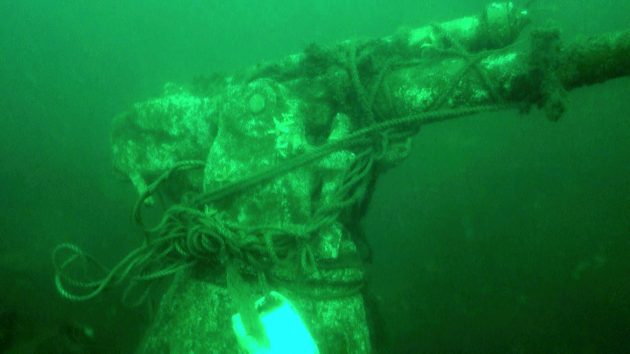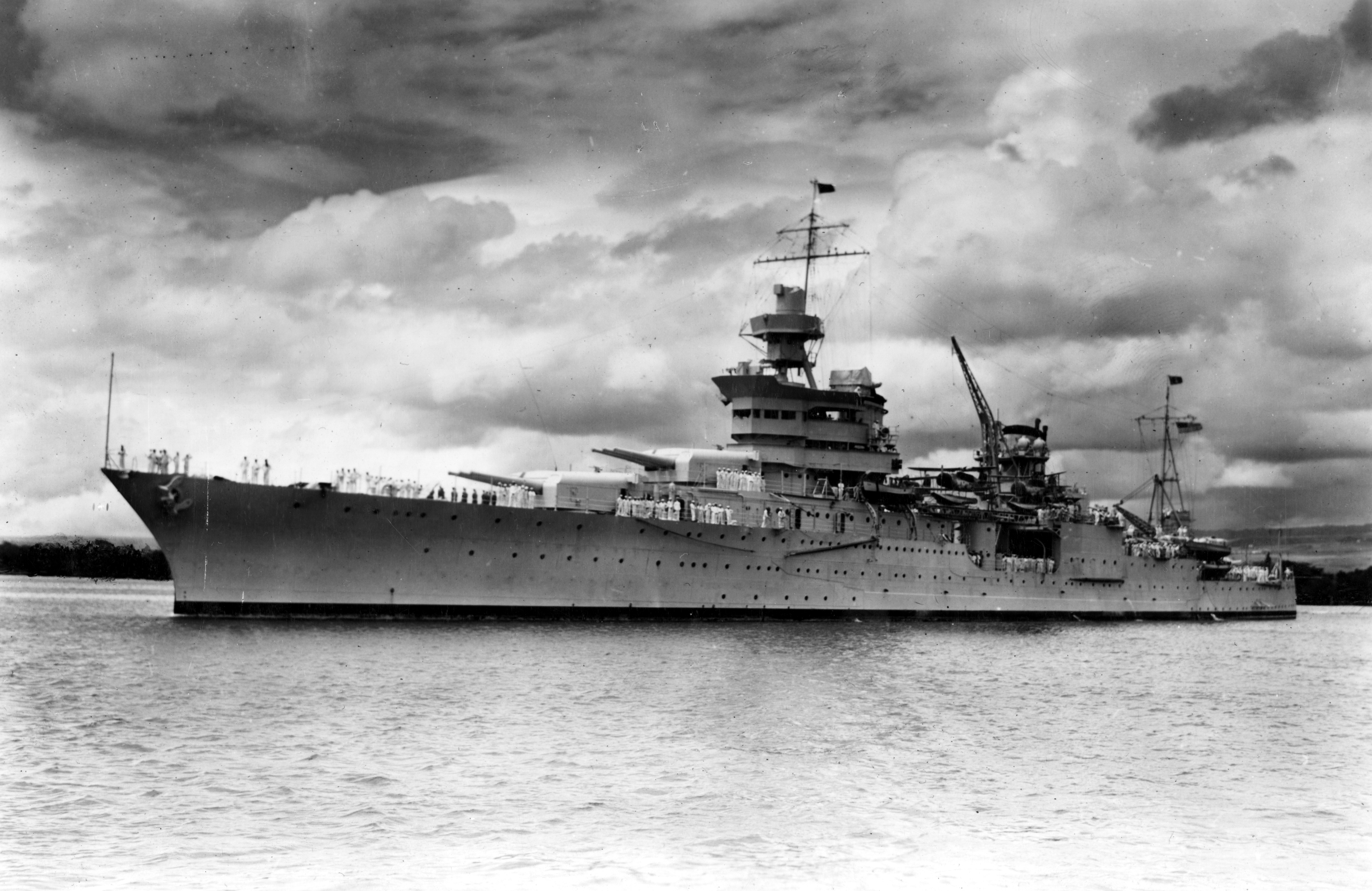A rare shipwreck off Chesil Beach and the remains of a German U-Boat have both been granted special protection status by the British Government
The wreck of a Georgian era merchant ship discovered off Chesil Beach in Dorset and the remains of a World War One mine-laying German submarine in North Yorkshire have both been granted special protection status.
The U-boat was discovered off Whitby, and sank 40 ships before being bombed with the loss of all crew in 1918.
The Georgian era shipwreck at Chesil Beach, which contained cast iron cannons, is believed to have sunk in the late 17th or early 18th century.
The rare cannon-site wreck, which lies in two parts off Chesil Beach, was discovered in 2010 by divers involved in the Weymouth-based Shipwreck Project, which promotes wreck research.

The inshore Chesil Beach cannon site with its eight cast iron cannons. Credit: Historic England
Just off the beach, there is an inshore site which comprises eight cast iron cannons identified as English 24-32 pounders cast between 1650 and 1725.
The offshore site lies 220-metres south of these cannons and consists of seven cast iron English cannons, one of which is probably a six pounder, cast in the second half of the 17th century.
The guns are not firmly dated because their features are heavily obscured by the build-up of sediment.
The inshore site appears to be the wreck of a merchant ship and the fact that the guns are of different lengths suggests that they were cargo.
Continued below…
Pictures: Dutch East India Company ship Rooswijk finally gives up her secrets
The Rooswijk sank on the treacherous Goodwin Sands, off Kent in January 1740 carrying a large cargo of silver ingot…
After seven decades the wreck of the USS Indianapolis is found
The USS Indianapolis has been located off the coast of the Philippines after it was torpedoed by a Japanese submarine…
According to Historic England, the offshore site is believed to be the wreck of a wooden sailing ship but because the cannons are different to those found inshore, this suggests the sites could represent two separate wrecks.
It believes it is also possible that the Chesil Beach cannon sites could be the Dutch West Indiaman ‘De Hoop’ which stranded at Chesil Cove in 1749 and British cargo vessel ‘Squirrel’ which stranded on Chesil Beach in 1750.
The First World War U-boat that has been granted protection is a German Imperial Navy UC-70 mine-laying submarine which was commissioned in 1916.
The submarine conducted 10 patrols and sank 40 ships during the war before being bombed on 28 August 1918 with the loss of all its crew.

Control room of the U-Boat. Credit: Historic England
The UC-70 is representative of the Type UC II class of submarines; the most successful submarine design in history.
The submarine was discovered as part of Historic England’s recent work to research and survey First World War submarine losses within UK territorial waters around England.
Commenting on the new protected status of the wrecks granted by the Department for Digital, Culture, Media and Sport, the chief executive of Historic England, Duncan Wilson, said: “These wrecks are separated by 280 miles and almost 300 years but they both comprise important elements of our maritime heritage.”
“The importance of the UC-70 lies in its historical interest and the vulnerability of its component parts as well as its sensitivity as a war grave. The Chesil Beach wreck site is also important but for different reasons – it’s rare to discover wooden ships of this age surviving on the seabed with so many cannons,” he added.

Volunteers showing the outline of the newly discovered Tankerton wreck near Whitstable, North Kent. Credit: Historic England
Historic England is also investigating the new discovery of a shipwreck at Tankerton, near Whitstable in North Kent.
Bottom timbers of an oak-built boat were found by a group of local volunteers.
Tree-ring dating is being undertaken to determine the age of the ship which is estimated to be between 1200AD -1800AD.





